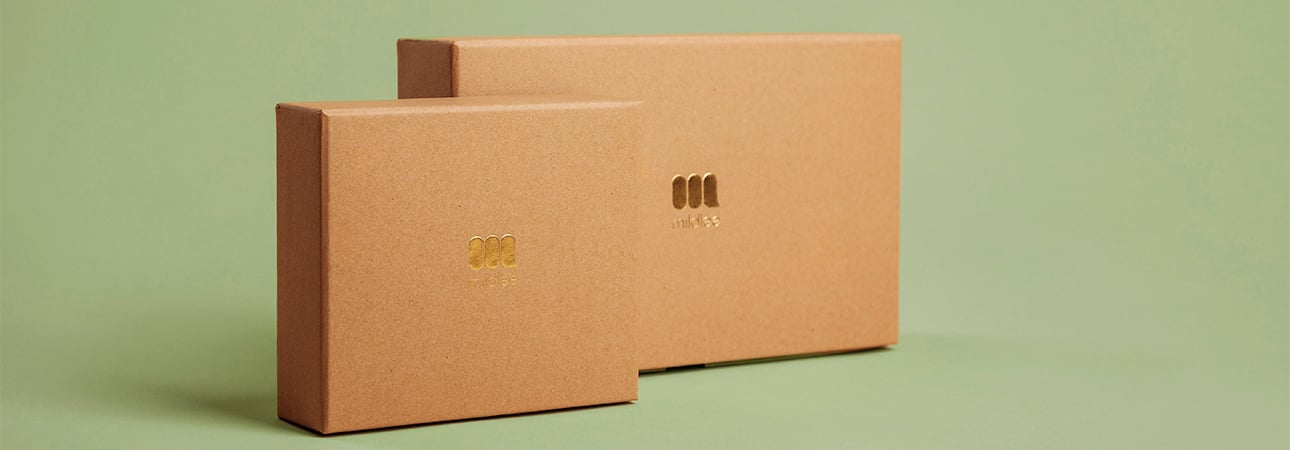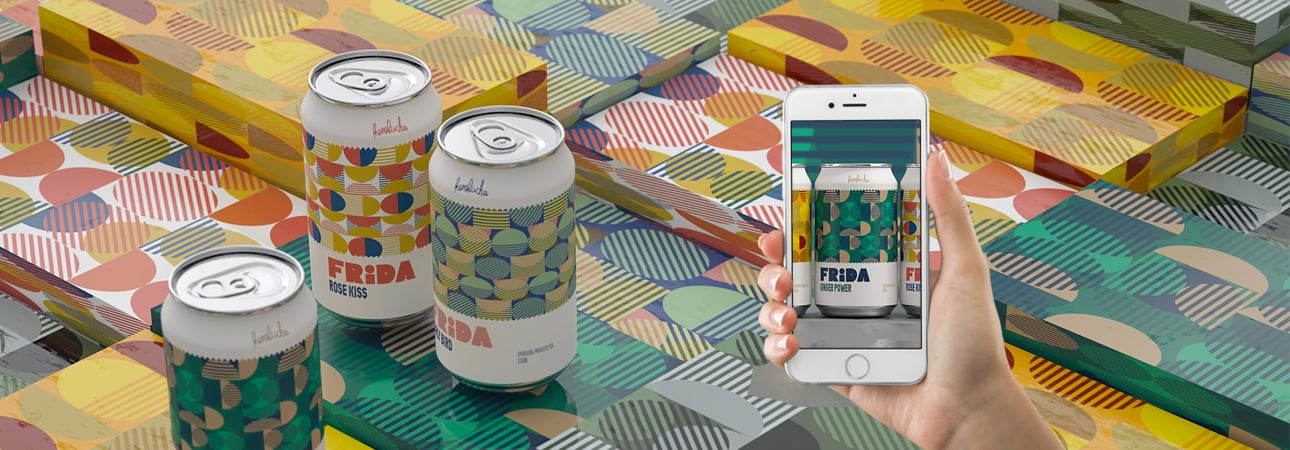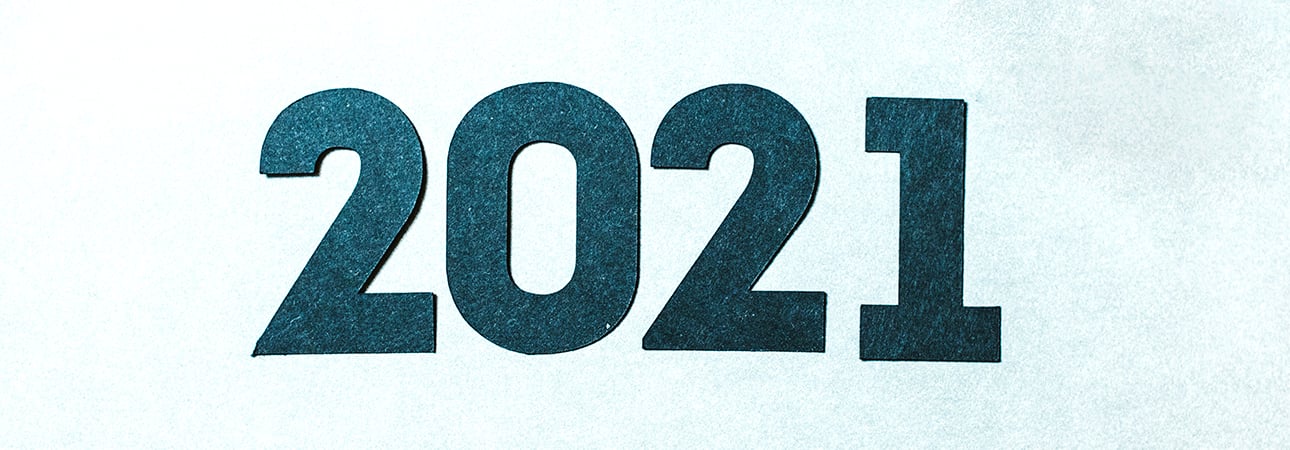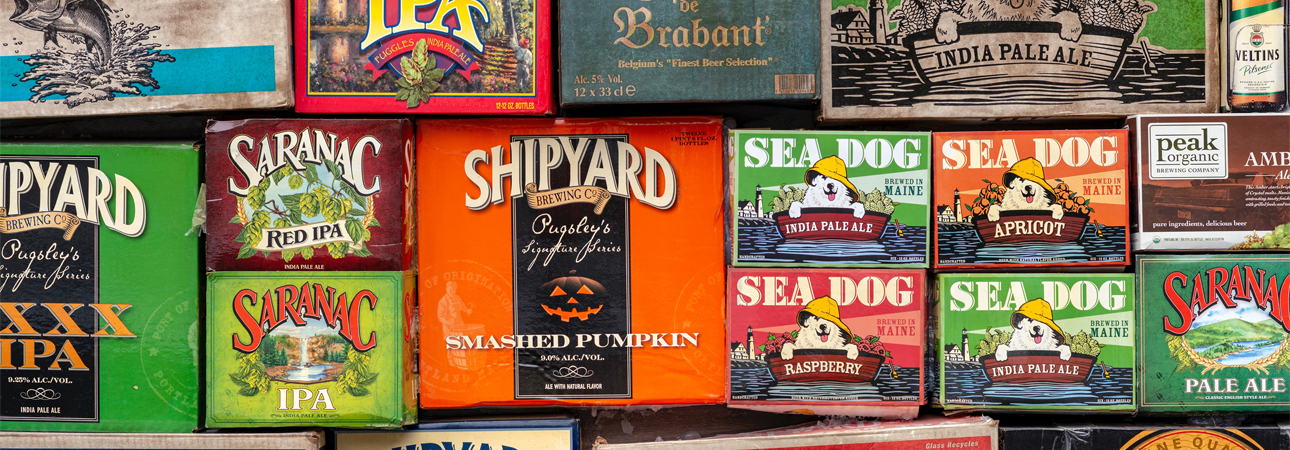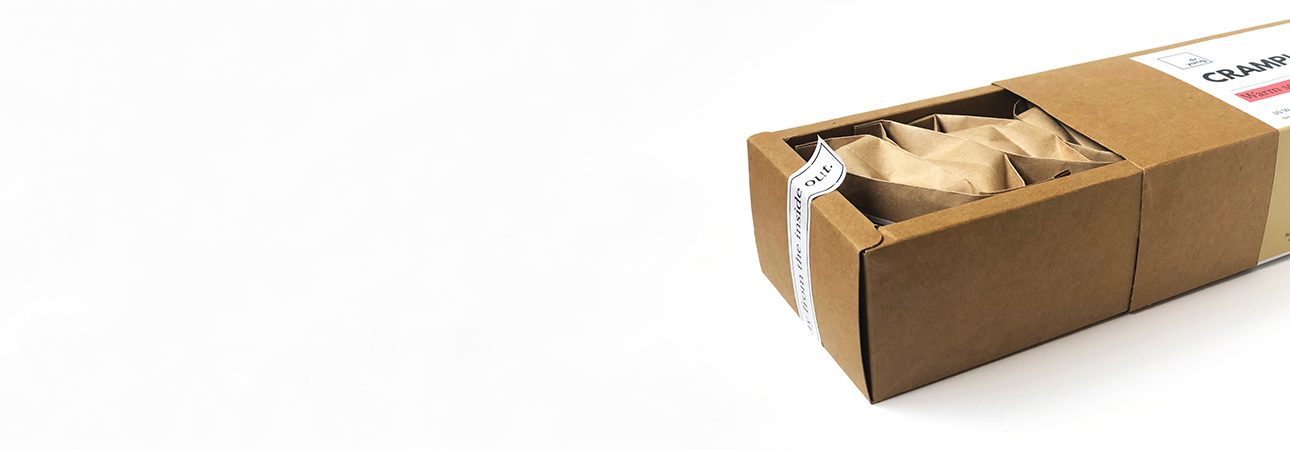Did you like the article? Share it!
Storytelling Packaging Design: packagings that tell a story
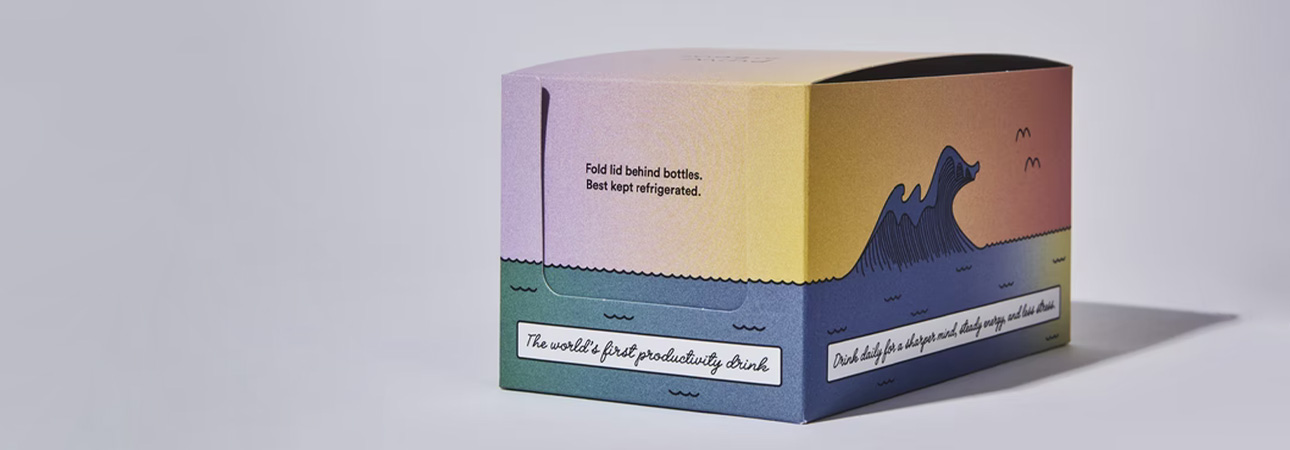
A packaging can turn out to be an accurate storytelling tool. Through storytelling packaging design, a brand can tell and tell about itself, with images, texts, colours, illustrations and materials, arousing consumers' curiosity.
Packaging represents the first meeting point between brand and customer and therefore plays a crucial role in marketing. It is what captures the attention of consumers through its design and graphics. In previous articles, we have already reiterated how actual packaging is from a marketing point of view and how an excellent creative and captivating design is no longer enough. The user wants to be involved and excited. For this reason, the trend of the moment of brands and designers is to expand the range of action of packaging further, using other powerful marketing tools such as storytelling to combine the two and engage the audience! Let's see how storytelling packaging design works.
Telling a story through packaging has a lot of potential in terms of marketing because people like to hear stories. Storytelling works, we can assure you, it ultimately involves the consumer by making him feel emotions that give rise to memories, experiences, experiences, feelings. In short, it goes straight to the heart, making that brand memorable. Disclosing to their customers what and who is behind the brand, and therefore the history, values and people on which it is founded, will allow them to establish a bond with them, more than any other marketing strategy.
Stories prove to be much more potent than other marketing strategies. They awaken the child deep inside each of us, making us feel welcomed because they bring to mind a memory of when we were little. They make us excited and consequently lead us to buy.
Lo Storytelling
As we said earlier, storytelling is nothing new in the field of communication. Storytelling is the art of telling a story. In communication, it is used to express thoughts, emotions, experiences or, more generally, messages. The story's purpose is to bring potential consumers to identify with the story; people participate in the story by making it their own.
It can be defined as "interactive". Through the storytelling packaging design, the user is involved, and he becomes the protagonist. Thanks to the narration, an emotional bond is created between the consumer and the brand. This marketing strategy has a lot of potentials and helps build customer loyalty and sell the single product because, thanks to this involvement, the customer feels somehow part of the brand.
Have we intrigued you with this topic? Discover our article on interactive Packaging
"Telling a story, creating emotions"
For some time now, storytelling has also influenced packaging design, especially abroad, with exciting results. The first step is to tell a story and have a story! A key point of storytelling packaging design is to determine the message to "narrate" and share with your audience to make it participate and so that they can identify with the brand and establish an emotional bond with it.
It is essential to understand which story to tell. You can talk about the history of the brand, its birth and if it is a historical brand of its production tradition, for example, through historical images of the company and narrative texts that tell its values and mission. Another way is to talk about the product, the origin of the materials used to produce it or show the people who contributed to its production. If you manage to find the right story, you will hit the mark because when you tell a true story about people, about human beings just like us, an experience is created with which consumers can find and identify.
The tools of the storytelling
There are several creative and customizable solutions to do storytelling packaging design. The tools to be used are mainly those on which the graphics are based: texts, images, colours, shapes, illustrations, etc. A cartoon, rather than a series of shots showing people at work or historical pictures about the brand, is just one of the many ideas from which to draw inspiration.
The tools of narration can be divided into two broad categories: visual and verbal. Not all can be expressed through language. Indeed often communication is more effective if you use a type of visual language. Images, shapes and colours can be highly effective and capture attention, but some stories still need to be told through words, too, because a simple idea is not enough. In both cases, however, it is good to carefully study the choice of these elements, be they visual or verbal.
Even the materials and the particular finishes can communicate. Whether we are talking about labels or boxes, the choice of fabric can represent specific values of the brand; for example, the use of a natural rather than coated paper will suggest a certain simplicity and the brand's attention to concepts such as sustainability. The use of a gold foil combined with classic Serif or calligraphic fonts will immediately reflect tradition more, rather than the use of a glossy lamination with Sans Serif characters.
Another piece of advice we would like to give you is to make the most of the various parts of the box or label and find the optimal position for all the elements you decide to use. Whether we are talking about a title or a box, the front should be designed to insert the brand logo accompanied by captivating graphics with shapes or colours to capture the customer's attention. At the same time, the back for more articulated, informative or narrative texts that support the visual, with which the narration can be deepened.
A few examples ...
The first example of storytelling packaging design is that of the Sabadì Torroni. We are talking about nougats of ancient Sicilian tradition. Sabadì focused on the raw materials used and their origin: Sicily. The intention was to tell about this land of great traditions and flavours. The various ingredients used for production (honey, pistachios, almonds and citrus peel) are born from this land. Sabadì wanted to compose the narration visually and metaphorically by drawings about Sicily.
Agency: Happycentro - Art Direction: Federico Galvani - Illustrator: Ilaria Roglieri
Graphic Designer: Roberto Solieri & Ilaria Roglieri
Scanwood is a Danish manufacturer of wooden kitchen utensils. In this case of storytelling packaging design, the intent was to communicate that its products are made through an environmentally friendly process and with natural and sustainable materials.
The focus is placed on the products through simple graphic elements inserted on the package, thanks to the explanatory payoff "Designed in Denmark, made by Nature". The sustainability and nature story is told, offering the consumer a different experience and sensation to buy a product directly from the ground.
Designed by Goodmorning Technology, Denmarc.
Another interesting case of storytelling packaging design is the labels of the Birrificio Della Granda printed by the Labelado team on the occasion of the Lucca Comics Festival. We are talking about eight beers produced with a unique and collectable label; each of them shows an episode of the comic story of the GIRLS, or some characters created ad hoc by the Brewery and previously used for the communication and packaging of these beers.
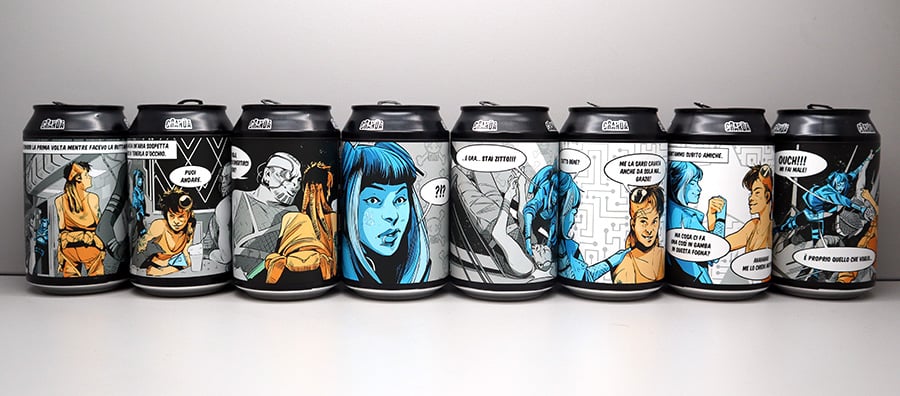
If you are interested in the project or want more information on the producer,
you can visit the Birrificio Della Granda website
For consumers to identify with your brand, the stories you tell need to be authentic, creative and inspiring. Storytelling is an art, and just like art, it requires creativity, imagination and skills, which is perfected over time and with practice.
We hope you enjoyed this article. Below you can find other articles on the world of packaging, happy reading, and the following article!
Next

